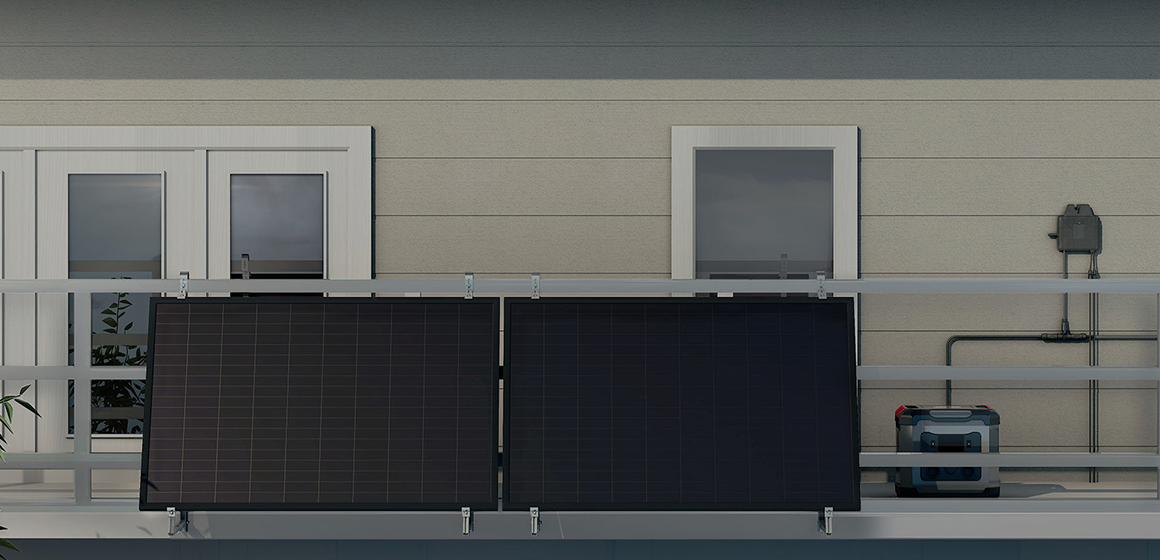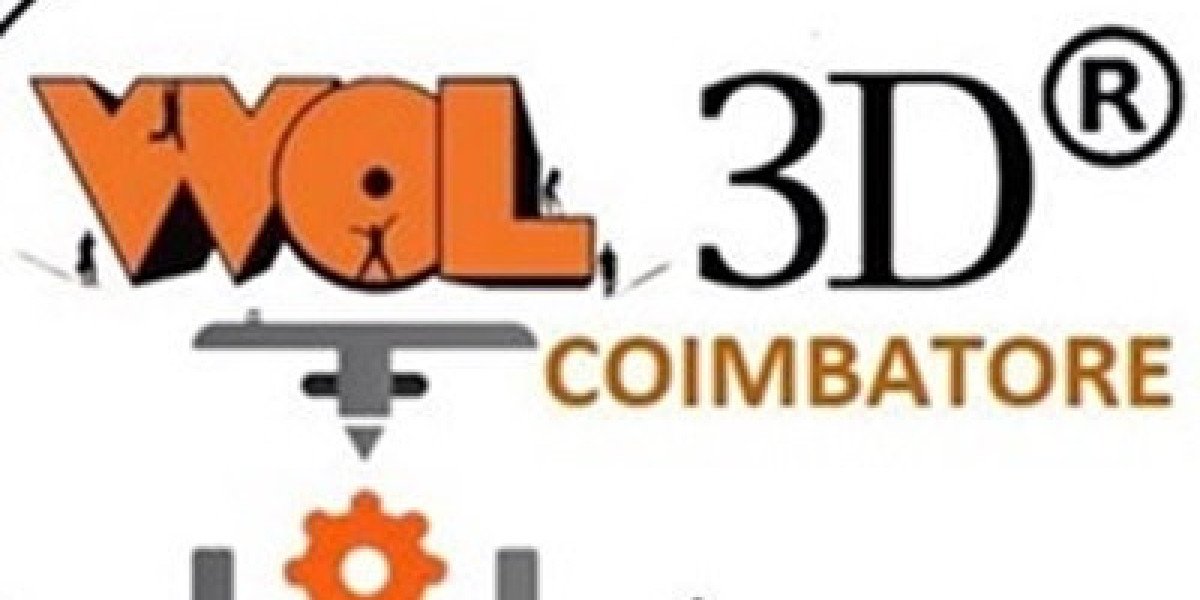As the world increasingly turns to renewable energy, solar power manufacturing stands at the forefront of this transformation. Innovations in technology and manufacturing processes are not only enhancing efficiency but also driving down costs, making solar energy more accessible than ever before. In this article, we will explore key trends and advancements that are shaping the future of solar power manufacturing.

Advancements in Solar Panel Technology
One of the most significant areas of innovation in solar power manufacturing is the development of advanced solar panels. Traditional silicon-based panels are being complemented by new materials such as perovskite, which promise higher efficiency rates and lower production costs. These advancements raise an important question: how will these technologies impact the overall market for solar energy?
- Higher Efficiency: New materials can convert more sunlight into electricity.
- Cost Reduction: Innovative manufacturing techniques lower production costs.
- Durability: Enhanced materials improve the lifespan of solar panels.
Automation and Smart Manufacturing
Automation plays a crucial role in modern solar power manufacturing. By integrating robotics and artificial intelligence, manufacturers can streamline production processes, reduce human error, and increase output. This shift towards smart manufacturing not only enhances productivity but also allows for more precise quality control. If manufacturers adopt these technologies, what could be the long-term benefits for the industry?
- Increased production speed and efficiency.
- Enhanced product quality through consistent monitoring.
- Reduced labor costs, allowing for competitive pricing.
Sustainability in Solar Power Manufacturing
As the demand for renewable energy grows, so does the emphasis on sustainability within solar power manufacturing. Manufacturers are now focusing on eco-friendly practices, such as using recycled materials and minimizing waste. This commitment to sustainability not only appeals to environmentally conscious consumers but also aligns with global efforts to combat climate change. How can companies further enhance their sustainability initiatives?
- Implementing closed-loop recycling systems.
- Utilizing renewable energy sources in manufacturing processes.
- Designing products for easier end-of-life recycling.
The Role of Policy and Incentives
Government policies and incentives play a pivotal role in shaping the landscape of solar power manufacturing. Supportive regulations can encourage innovation and investment in the sector. For instance, tax credits and subsidies can significantly lower the barriers to entry for new manufacturers. What policies could further stimulate growth in this industry?
In conclusion, the future of solar power manufacturing is bright, driven by technological advancements, automation, sustainability, and supportive policies. As the industry continues to evolve, staying informed about these trends is essential for stakeholders. For more insights into solar technology and innovations, visit  .
.








